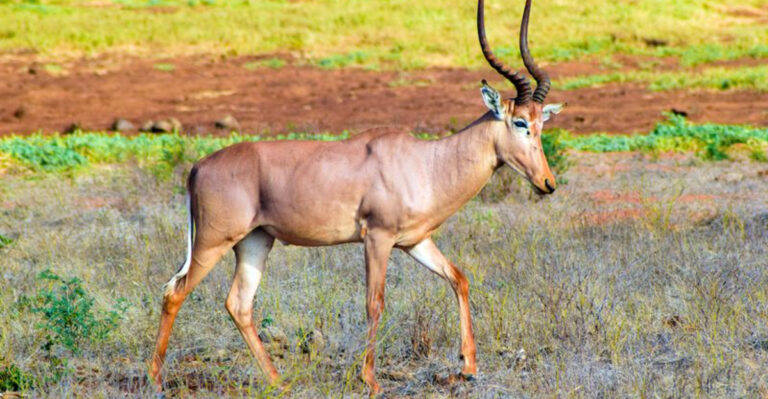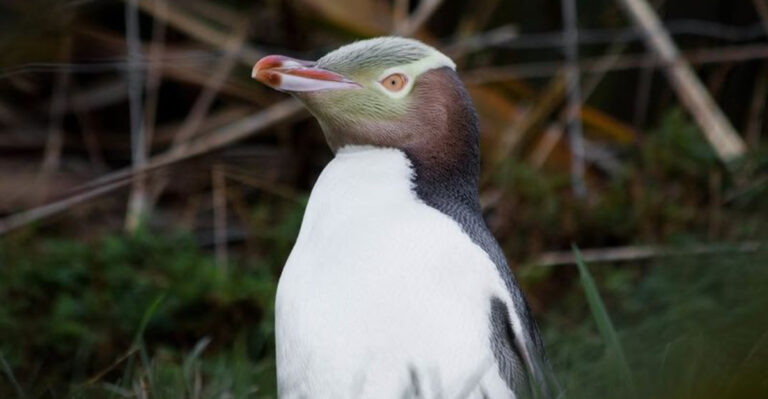Researchers Overjoyed As Endangered Chameleon Is Spotted Outside Its Known Habitat
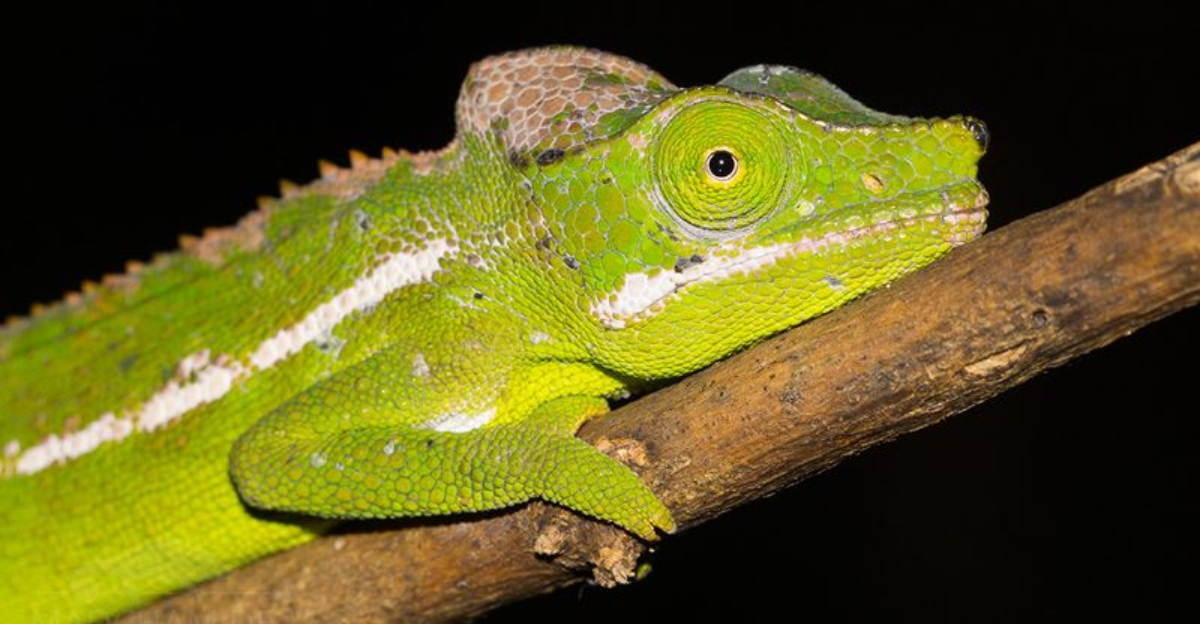
Scientists recently made an incredible discovery that has the conservation world buzzing with excitement. Three critically endangered Belalanda chameleons were spotted three miles away from their only known habitat in Madagascar.
This rare find gives new hope for a species that experts feared might be on the brink of extinction due to habitat loss from farming, wildfires, and mining activities.
1. Expanding Known Territory
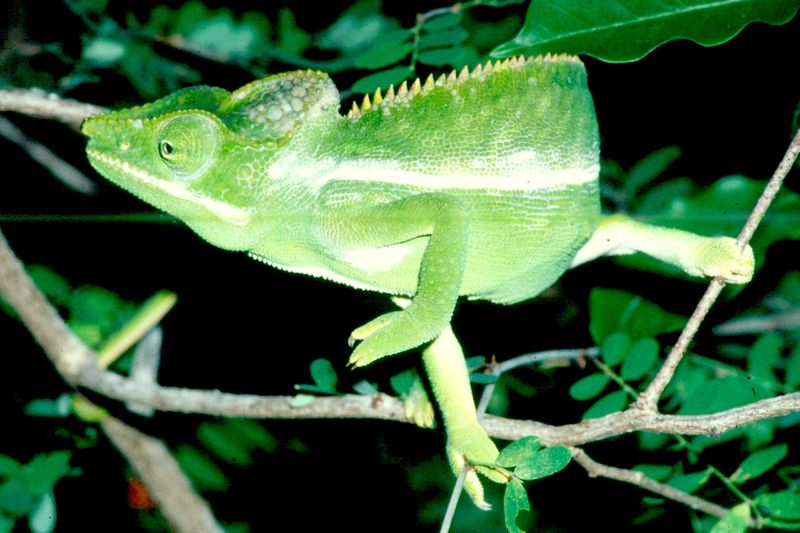
The unexpected sighting of Belalanda chameleons beyond their documented range marks a watershed moment for researchers.
Before this discovery, these rare reptiles were only known to inhabit a tiny forest patch near Belalanda, Madagascar. Finding them in a new location suggests they might be more adaptable than previously thought, potentially occupying other undiscovered areas across the region.
2. Population Boost
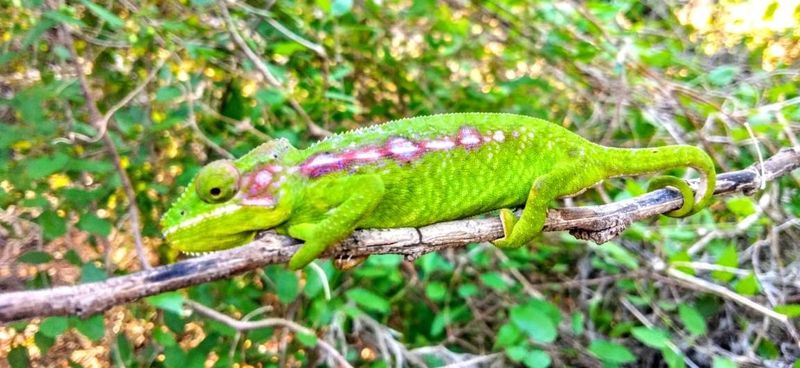
Three new individuals might not sound like much, but for a critically endangered species, every animal counts.
These chameleons represent potential genetic diversity that could strengthen conservation breeding programs. Their discovery suggests the total population might be larger than the alarmingly low numbers previously estimated, giving conservationists renewed motivation to protect these remarkable creatures.
3. Scientific Research Opportunities
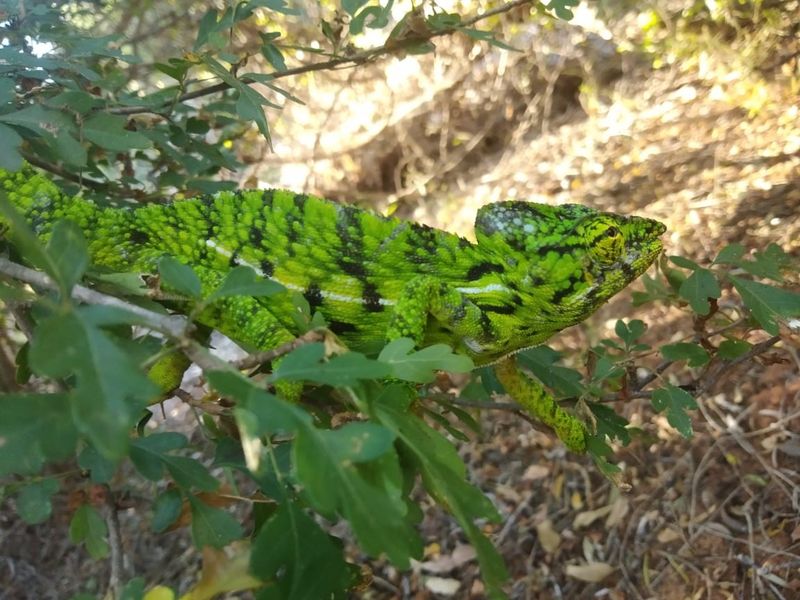
Fresh specimens mean fresh data for eager scientists studying this elusive species.
Researchers can now compare the newly found chameleons with previously studied populations to identify any adaptations or variations. This provides valuable insights into how these creatures survive in different microhabitats and could reveal unknown aspects of their biology that might prove crucial for their preservation.
4. Conservation Strategy Rethink
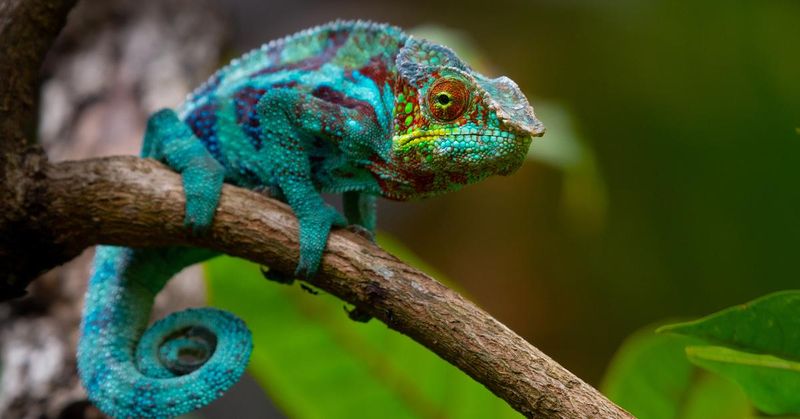
Finding chameleons outside their known range forces conservationists to redraw their protection maps.
Protection efforts previously focused solely on the small forest near Belalanda must now expand. This discovery prompts a complete reassessment of conservation priorities, with resources potentially redirected to include newly identified habitats and connecting corridors that might allow these chameleons to move between populations.
5. Habitat Adaptability Insights

The chameleons’ presence in a new area reveals surprising adaptability to different environmental conditions.
Scientists are eager to study what features of this new habitat support these specialized reptiles. Understanding how Belalanda chameleons can adapt to various environments provides crucial information that could help create artificial habitats or restore degraded areas to support future populations.
6. Genetic Diversity Potential
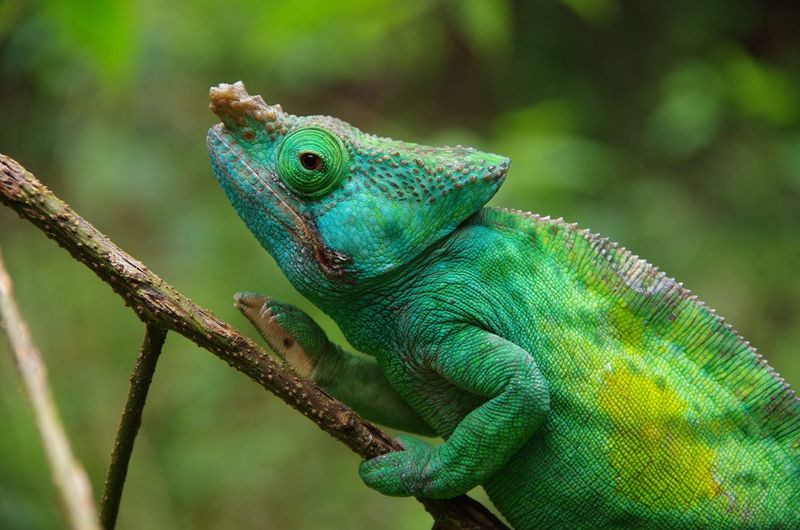
A separate population means potentially unique genetic traits that could save the species.
Isolated populations often develop distinct genetic characteristics through adaptation to local conditions. Scientists are particularly excited to study whether these newly discovered chameleons carry genetic variations not found in the original population – variations that might provide resistance to disease or environmental changes.
7. Local Community Involvement
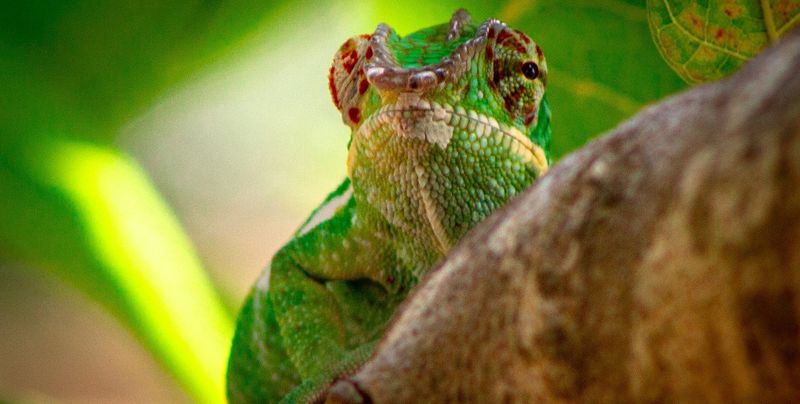
Local Malagasy residents played a crucial role in spotting these rare reptiles.
The discovery highlights the importance of involving indigenous communities in conservation efforts. Their intimate knowledge of local ecosystems often leads to findings that outside researchers might miss. This cooperation between scientists and locals creates sustainable conservation models that benefit both wildlife and people.
8. Climate Change Resilience
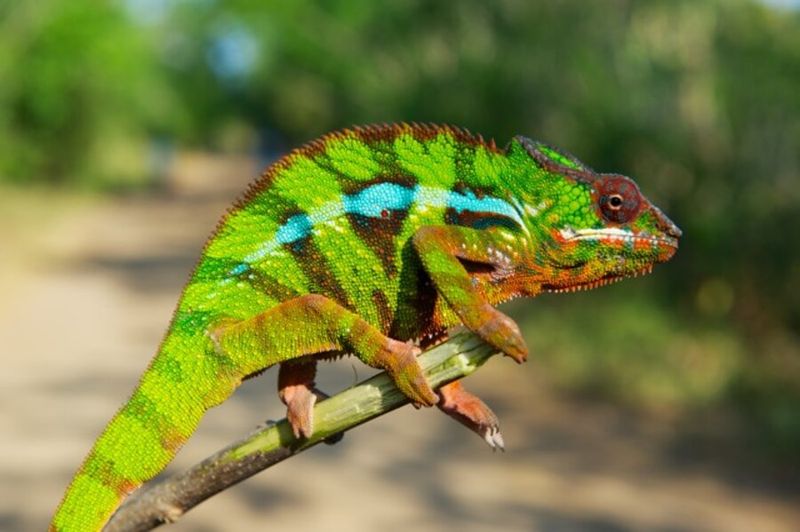
Finding chameleons in multiple locations suggests they might better withstand climate shifts.
Having populations across different microhabitats improves species resilience to changing conditions. If climate change affects one area severely, chameleons in another location might survive. This geographic diversity acts as a natural insurance policy against environmental threats, giving conservationists hope for the species’ long-term survival.
9. Ecotourism Possibilities

Rare chameleon sightings could boost Madagascar’s struggling ecotourism industry.
Wildlife enthusiasts travel worldwide to glimpse endangered species in their natural habitats. Carefully managed ecotourism around these chameleons could generate much-needed income for conservation efforts while creating sustainable livelihoods for local communities. This economic incentive helps transform conservation from expense to investment.
10. International Conservation Attention
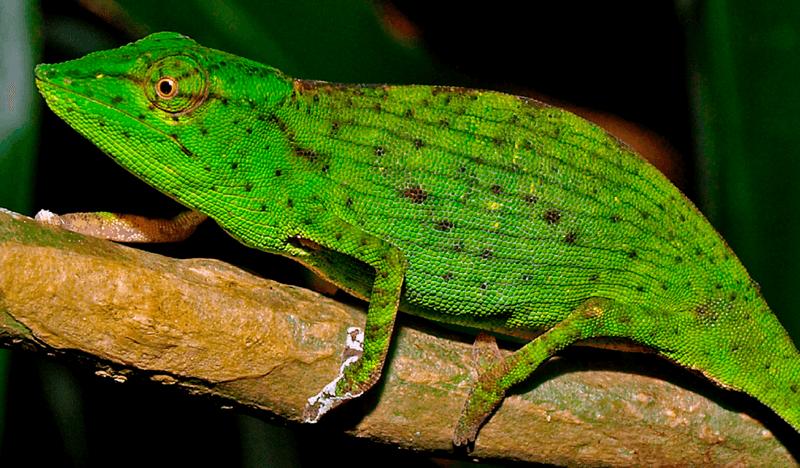
News of this discovery has attracted global conservation spotlight to Madagascar’s biodiversity crisis.
The chameleon finding serves as a powerful symbol of both hope and urgency. International conservation organizations are responding with renewed interest in Madagascar’s unique wildlife. This attention brings potential funding increases for protection efforts and raises awareness about the island’s exceptional but threatened biodiversity.
11. Advanced Protection Technologies
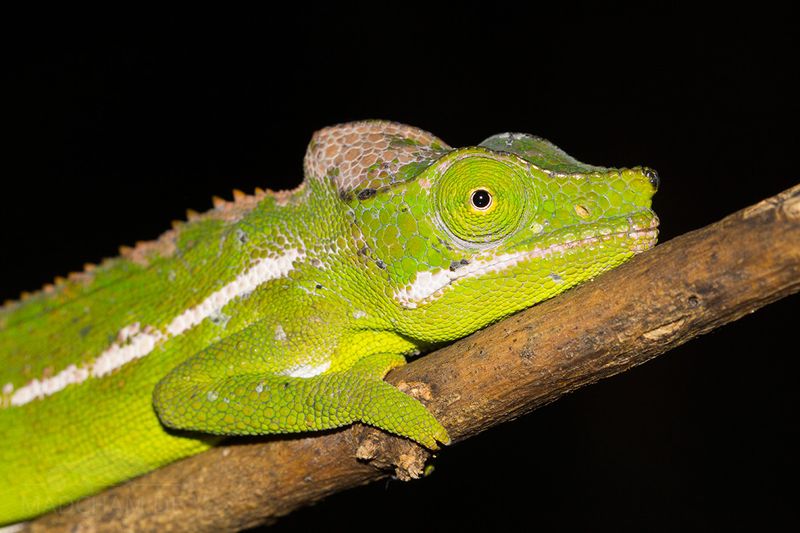
The new population creates opportunities to test innovative conservation technologies.
Researchers are deploying cutting-edge tools like environmental DNA sampling, remote monitoring systems, and drone surveys to better understand and protect these chameleons. These technologies provide non-invasive ways to track population health, movements, and threats without disturbing the sensitive animals or their habitat.
12. Breeding Program Potential

Additional wild chameleons could strengthen captive breeding initiatives.
Zoos and conservation centers might now have access to more founder animals with greater genetic diversity. This reduces inbreeding risks in captive populations. Successful breeding programs serve as safety nets against extinction, creating reserve populations that could someday repopulate wild areas if natural populations continue to decline.
13. Symbol Of Conservation Hope
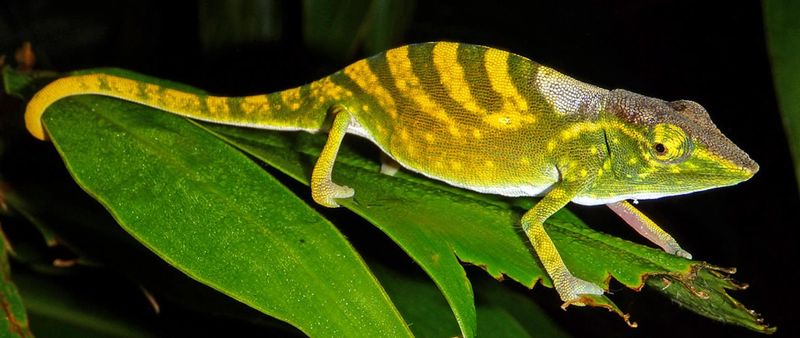
The Belalanda chameleon discovery represents a rare conservation success story in challenging times.
In an era of grim extinction news, finding new populations of critically endangered species provides vital psychological motivation for conservationists. This discovery reminds researchers and the public that dedicated protection efforts can yield positive results, fueling determination to continue the difficult work of saving Earth’s threatened species.

